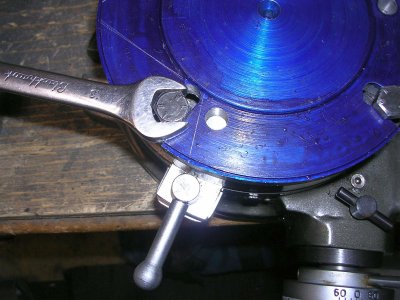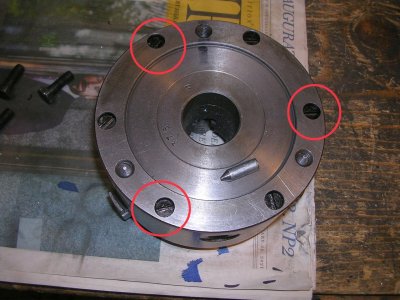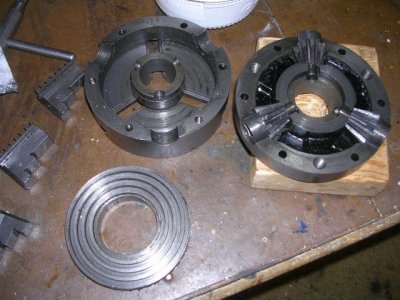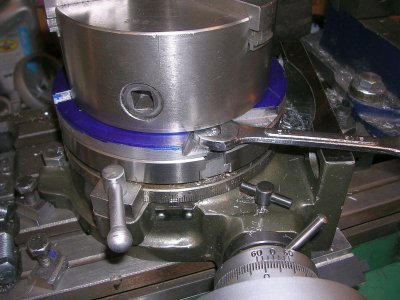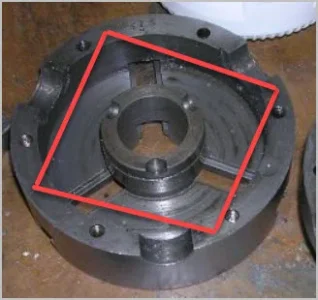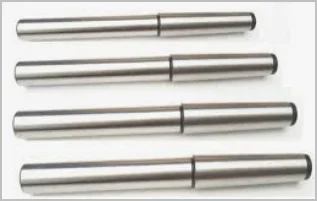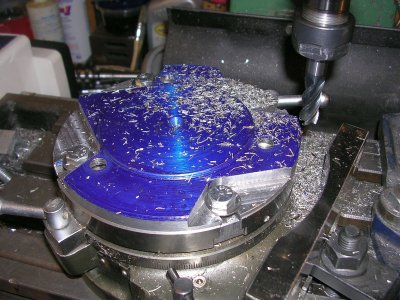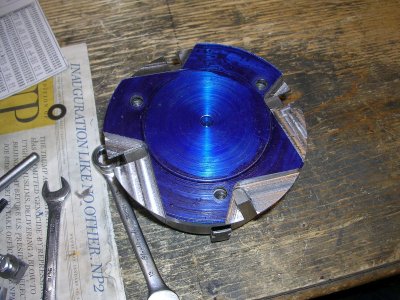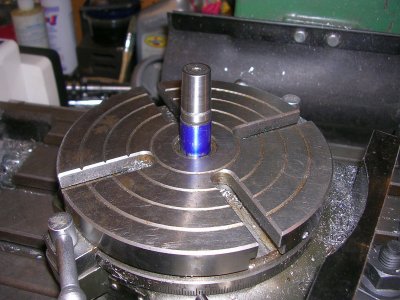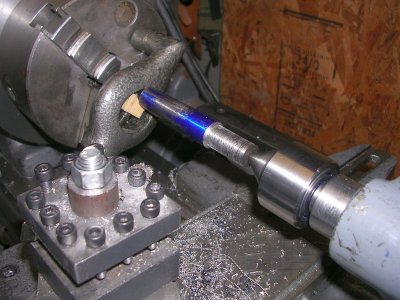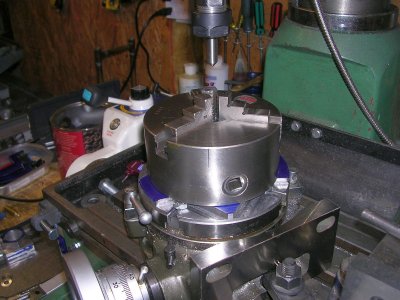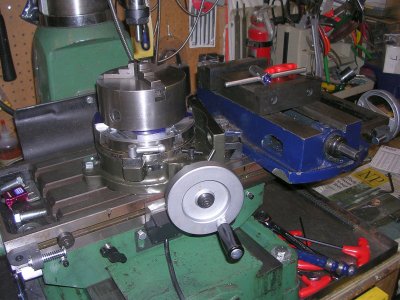Your terminology works for me😛 Can you not modify the collet chuck to match your spindle and not bother with a mounting plate? What size is the chuck you have that mounts directly on the spindle?
There are probably a few interchangeable words for this. 'Boss' is often used to mean any kind of protruding feature. I see it used often in CAD circles for this kind of thing & a few chuck/backplate references. Sometimes it doesn't have a name, just a dimension, 'Recess' or 'pocket' might be a good word for the negative mating surface.
https://en.wikipedia.org/wiki/Boss_(engineering)
Thanks for your prompt comments @PeterT, I can work with 'Boss' and 'recess or pocket' make sense to me. Sometimes I read more into the equation than what's really there. Back to aging. LOL

